Non-invasive wearable devices are designed for biologging species in underwater environments.
![Monitoring Marine Creatures in the Deep Sea [Video]](https://www.advancedsciencenews.com/wp-content/uploads/2019/08/Cover-for-use-on-title-slide.jpg)
![Monitoring Marine Creatures in the Deep Sea [Video]](https://www.advancedsciencenews.com/wp-content/uploads/2019/08/Cover-for-use-on-title-slide.jpg)
Non-invasive wearable devices are designed for biologging species in underwater environments.
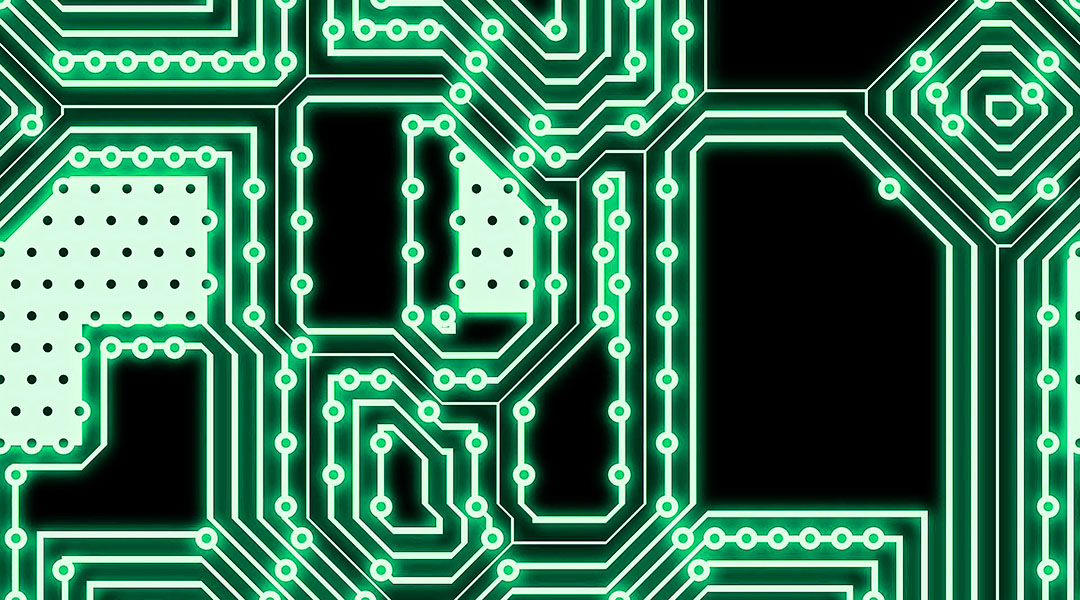
Electrically conductive hydrogels are a promising platform for flexible supercapacitors and batteries.
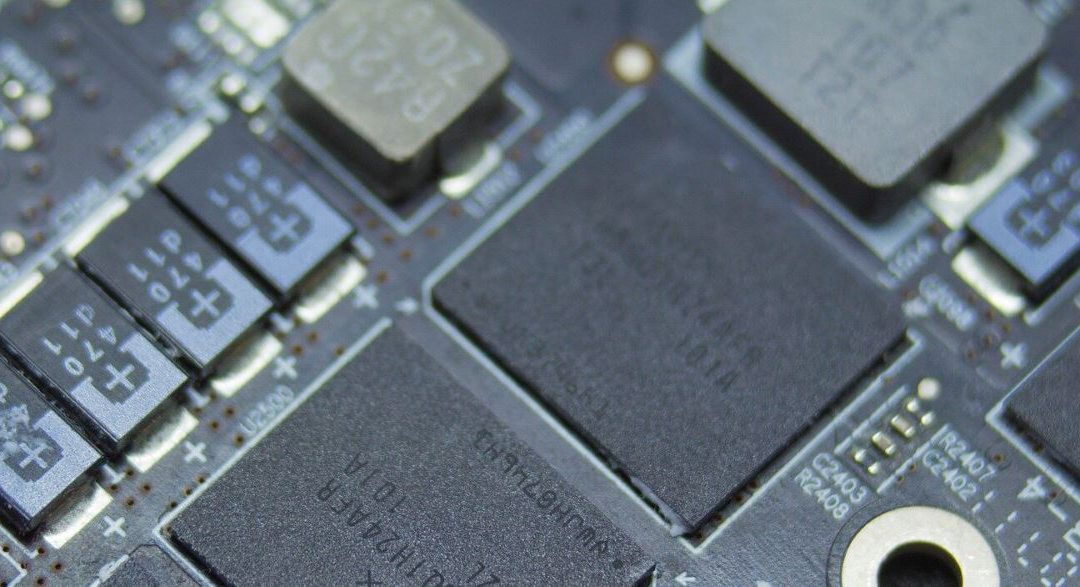
Tannic acid, commonly used in medicine or the technical and food industry, may soon help make electronic components and adhesives more durable and better for the environment.
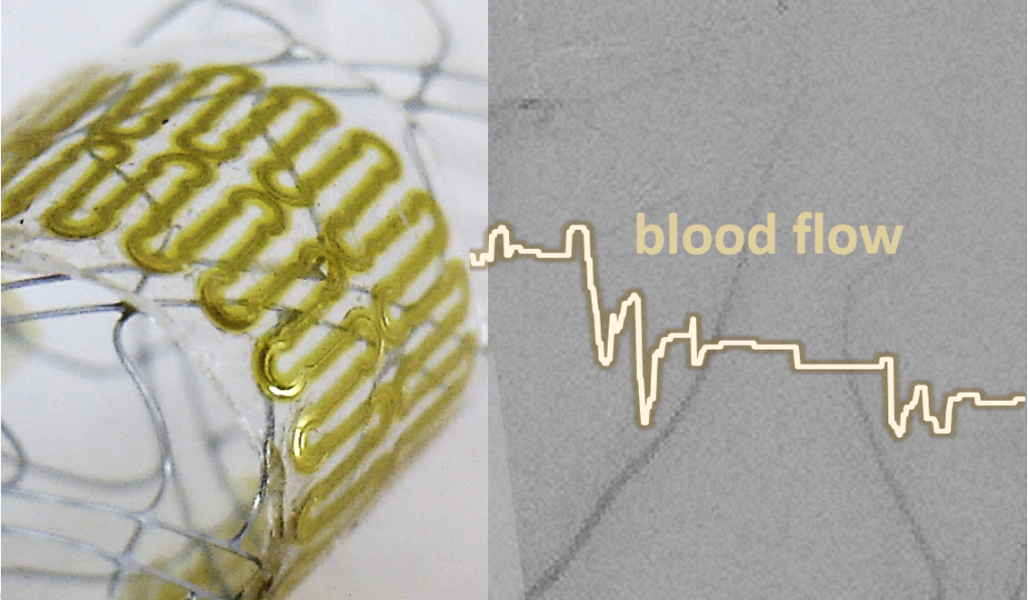
A fully printed, wireless, stretchable, implantable biosystem that offers batteryless, real-time monitoring of cerebral aneurysm hemodynamics is developed.

Prof. Jungchul Lee reports a four degrees-of-freedom direct writing technique for liquid metal patterns.
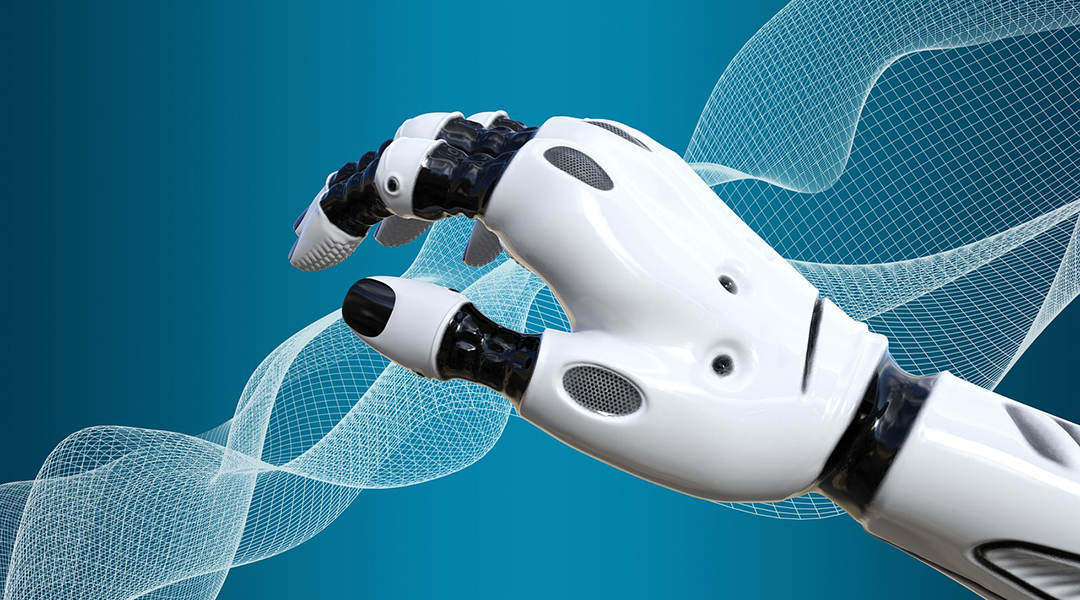
Integration of a magnetic elastomer with data-driven analysis leads to a continuous interaction surface that can estimate location and depth of indentation.
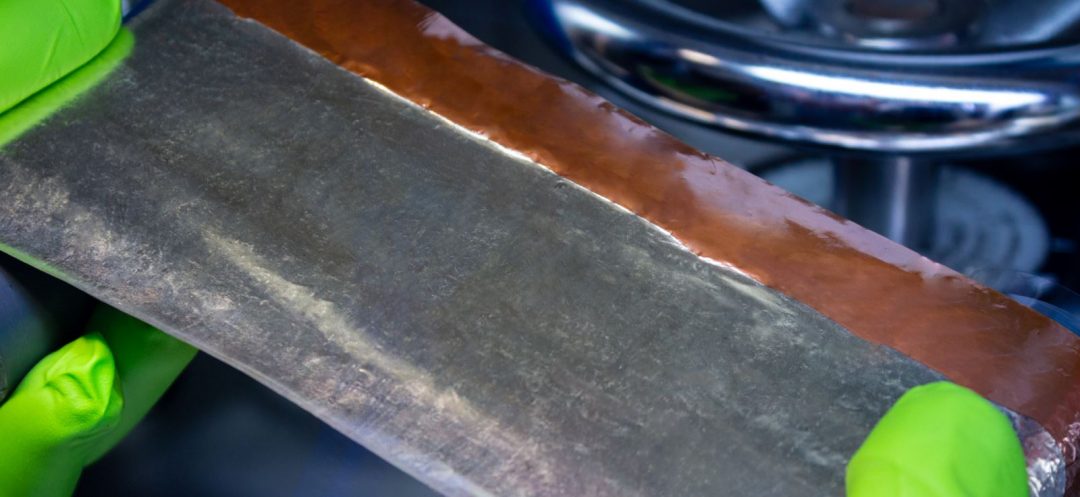
Fraunhofer is developing innovative solutions for current challenges in lithium-metal anodes.

A novel solution-processing organic flexible synaptic device with bidirectional linear conductance regulation.

Reseachers from ICMAB present their aqueous electrolyte-gated organic transistors.
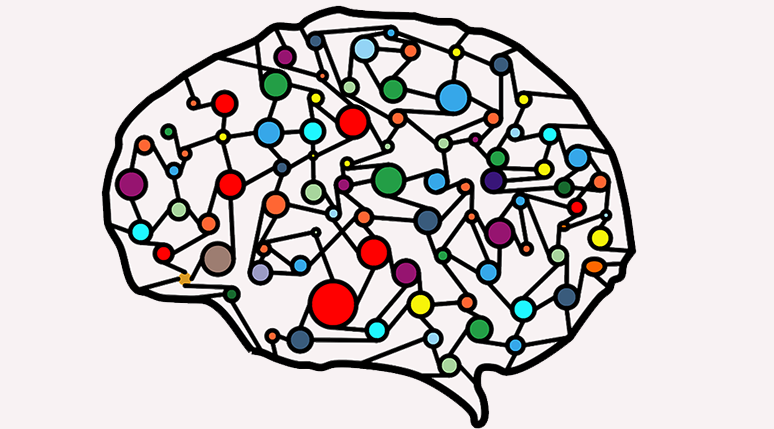
A new physical approach to the design of intelligent memory, logic, and cognitive devices for brain-like computation.